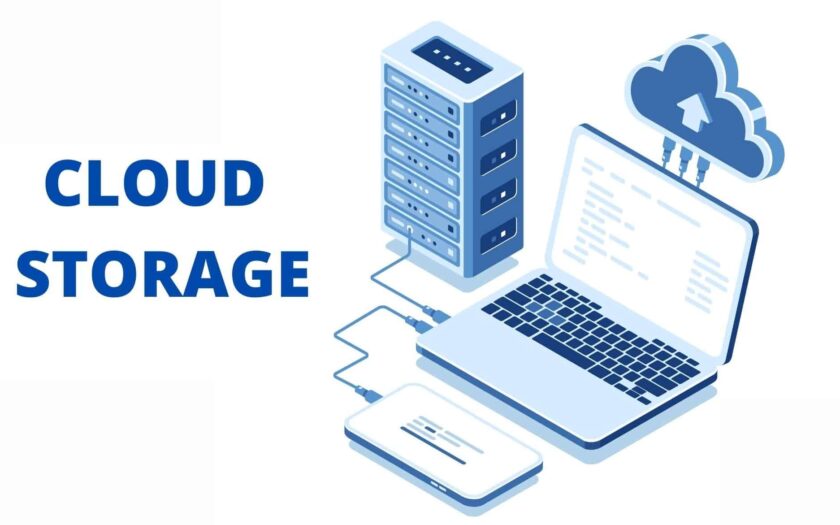The world of research is increasingly reliant on vast amounts of data, demanding robust and scalable storage solutions. Cloud storage has emerged as a game-changer, offering flexibility, collaboration, and cost-effectiveness. But with a plethora of providers and pricing models, navigating this landscape can be daunting. This article provides a comprehensive analysis of research cloud storage pricing in 2024, empowering you to make informed decisions for your research needs.
Why is understanding cloud storage pricing critical for research? Simply put, research projects often involve large datasets, complex collaborations, and stringent security requirements. Choosing the right cloud storage can significantly impact your budget, data accessibility, and overall project success. This article delves into the intricacies of pricing models, key features, and hidden costs, equipping you with the knowledge to optimize your research cloud expenditure.
Factors Influencing Research Cloud Storage Costs
Before diving into specific providers, it’s crucial to understand the variables that influence pricing.
- Storage Capacity: This is the most straightforward factor – the more storage you need, the higher the cost. However, many providers offer tiered pricing, with lower costs per gigabyte as your storage needs increase.
- Data Egress Fees: Beware of hidden costs! Egress fees are charged when you download or transfer data out of the cloud. These can quickly add up, especially for data-intensive research.
- Data Retrieval Frequency: Some providers charge based on how often you access your data. Frequent access can lead to higher costs.
- Data Durability and Availability: Higher durability and availability guarantees often come with a premium price tag. Consider your research needs and the level of redundancy required.
- Compute and Analytics: If your research involves complex computations or data analysis, factor in the cost of associated compute services offered by the provider.
Key Players in Research Cloud Storage
Let’s examine some of the leading cloud storage providers catering to research needs:
- AWS (Amazon Web Services): A dominant player with a wide array of storage classes, including S3 Glacier for long-term archival and S3 Standard for frequently accessed data. AWS offers pay-as-you-go pricing and volume discounts.
- Google Cloud Storage: Known for its strong performance and integration with other Google services. Offers various storage classes like Coldline, Nearline, and Archive, each tailored to different access frequencies.
- Azure Blob Storage: Microsoft’s cloud storage solution, providing high scalability and security. Offers hot, cool, and archive tiers with varying access speeds and costs.
- iRODS: Specifically designed for research data management, iRODS offers a robust platform with advanced features like metadata management, data discovery, and workflow automation.
Navigating the Pricing Maze: Real-World Examples
To illustrate the complexities of cloud storage pricing, let’s consider a hypothetical research project involving 10TB of data with moderate access frequency:
- AWS S3 Standard: At $0.023 per GB per month, storing 10TB would cost approximately $230 per month.
- Google Cloud Storage Nearline: With a price of $0.01 per GB per month, the cost for 10TB would be around $100 per month.
- Azure Blob Storage Cool Tier: Pricing at $0.018 per GB per month translates to roughly $180 per month for 10TB.
Remember that these are simplified examples. Actual costs may vary based on data egress, retrieval frequency, and other factors.
Beyond Price: Essential Considerations
While price is a crucial factor, don’t overlook these aspects:
- Security and Compliance: Ensure the provider meets your research’s security and compliance requirements, especially when dealing with sensitive data.
- Integration with Research Tools: Choose a provider that seamlessly integrates with your existing research tools and workflows.
- Support and Expertise: Evaluate the level of support and expertise offered by the provider. Will they be a reliable partner in your research journey?
In my own research involving large-scale genomic data, I initially opted for AWS S3 due to its familiarity and wide range of services. However, as our data storage needs grew, egress fees became a significant burden. We transitioned to Google Cloud Storage Nearline, which offered a more cost-effective solution for our access patterns. This experience highlighted the importance of carefully evaluating pricing models and aligning them with your specific research requirements
Choosing the right research cloud storage requires careful consideration of various factors beyond just the sticker price. By understanding the nuances of pricing models, evaluating key features, and considering your specific research needs, you can make informed decisions that optimize your budget and support your research endeavors.

